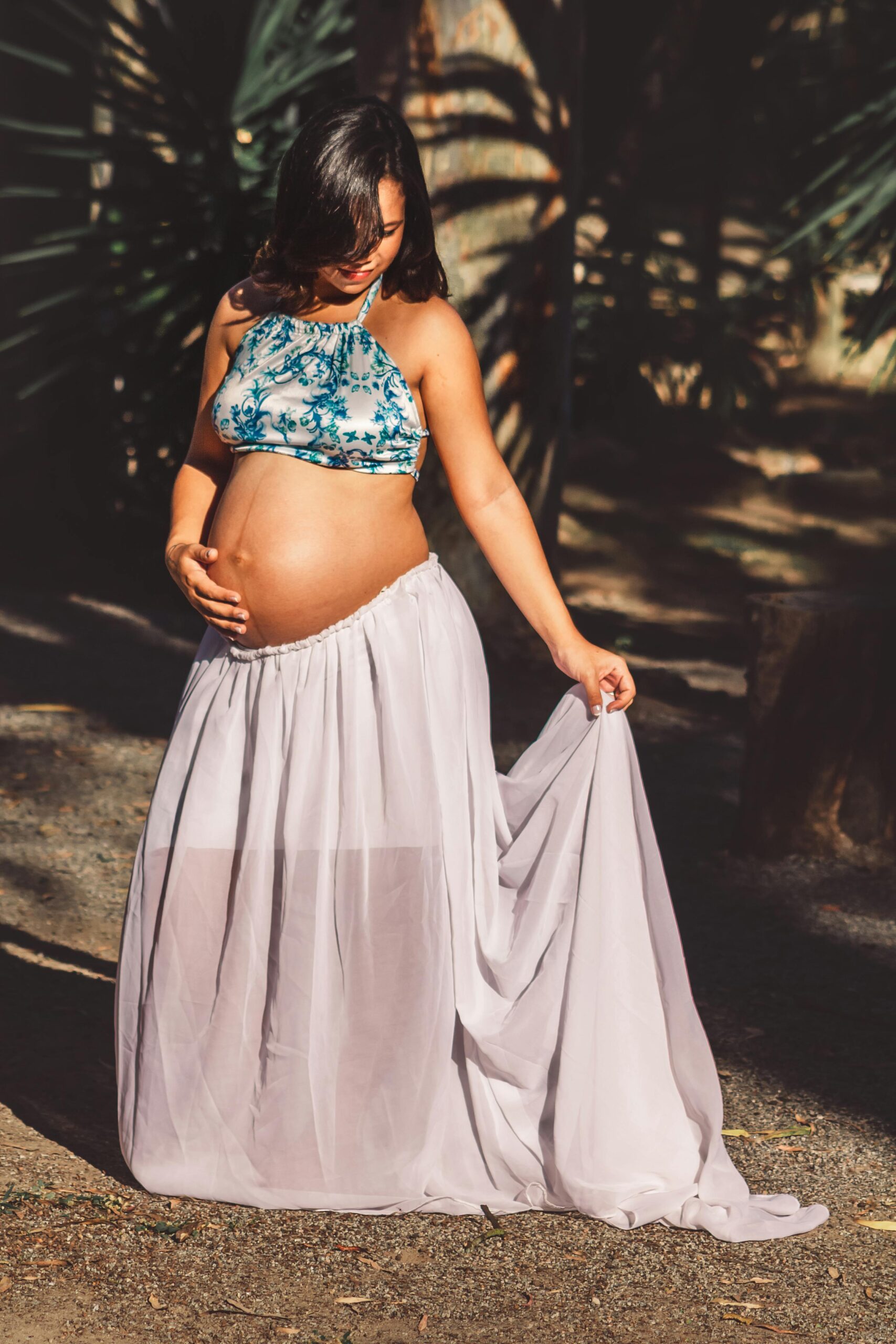When you are pregnant, it feels like your world changes overnight. Suddenly you are thinking about everything in a new way. What used to be simple choices, like grabbing your favorite lotion or using your usual face wash, now come with questions. Is this safe for my baby? Could this ingredient cause problems? Do I need to stop using something I have always trusted?
The truth is that a lot of moms are surprised when they learn how many everyday products have ingredients that might not be safe during pregnancy. Words like “natural” or “organic” on the front of a bottle can be misleading, and sometimes the real story is hidden in the tiny print on the back. Reading ingredient labels is one of the most important skills you can learn as an expecting mom.
But here is the problem: labels can be confusing. They are often filled with long names that look like chemistry homework. That is why it helps to have a guide, plus tools like an ingredient checker, pregnancy ingredient checker, or skincare scanner to do the hard work for you.
Why Ingredient Labels Really Matter
Ingredient labels are not just there for show. They tell you what is inside the product and in what order. The first few ingredients usually make up most of what you are putting on your skin. If something harmful is near the top of the list, that is a sign to be cautious.
Your skin is your body’s largest organ, and it does more than just cover you. It absorbs some of what you put on it. During pregnancy, your body processes things differently, and your baby is developing at a rapid pace. That means something harmless in normal life can suddenly become a risk.
This is why being able to read and understand ingredient labels matters so much. It is not about being overly worried. It is about being informed and making smart choices.
Red Flags Moms Should Watch For
Let’s go over some of the ingredients you should pay extra attention to while pregnant.
- Retinoids (Vitamin A forms): These are often in anti-aging or acne creams. Retinoids are strong and effective for skincare, but they have been linked to pregnancy risks. If you see retinol, retinyl palmitate, or tretinoin, it is best to skip it.
- High levels of Salicylic Acid: This is common in acne products. A small amount in a cleanser may be fine, but higher doses in treatments, peels, or serums should be avoided.
- Essential Oils: Just because something comes from a plant does not mean it is safe. Oils like rosemary, sage, peppermint, and tea tree can sometimes cause contractions or irritation.
- Parabens and Phthalates: These preservatives are used in many cosmetics and body care products. They help extend shelf life, but they are also connected to safety concerns.
- Formaldehyde and releasers: These may show up in hair products, nail polishes, or even baby products. They are known irritants and best avoided.
Breaking Down Ingredient Labels
Here are some simple tricks that make reading labels easier:
- Check the first five ingredients. These are usually the ones that matter most. For example, if water, aloe, and shea butter are at the top, the product is mostly made of those.
- Learn the “other names.” Some ingredients go by more than one label. Retinol might also appear as retinyl acetate. Knowing these helps you catch them.
- Spot the fragrance. If you see “fragrance” or “parfum,” it can mean a mix of chemicals that are not listed separately. That does not always mean it is unsafe, but it makes the product harder to judge.
- Look for natural but check anyway. Words like “green,” “natural,” or “organic” are not always true indicators of safety. Even natural items like certain essential oils can be risky.
- Pay attention to length. A product with a very long list is not always unsafe, but it may mean more chances of something you do not want.
Everyday Products That Might Surprise You
It is not just makeup or face creams that matter. Moms often forget about:
- Shampoos and Conditioners: These can contain sulfates, parabens, and even hidden formaldehyde releasers.
- Deodorants: Some have phthalates or high levels of fragrance.
- Toothpaste and Mouthwash: Certain whitening agents may not be safe during pregnancy.
- Nail Polish and Removers: Some brands contain harsh chemicals like toluene or formaldehyde.
- Body Wash and Lotion: Even items labeled “gentle” can have parabens or phthalates.
This is why it is so important to have a reliable way to check everything. You do not want to memorize a hundred different ingredient names.
How SafeMom Helps
Even with this knowledge, you should not have to be a scientist every time you pick up a new product. That is why we created the SafeMom app. With SafeMom you can:
- Scan products with the ingredient checker to see instantly if anything is unsafe.
- Use the pregnancy ingredient checker to double-check new lotions, creams, or makeup before you buy.
- Rely on the skincare scanner to check everything from shampoo to sunscreen with just a photo or quick search.
SafeMom was built so moms can stop stressing and start shopping with confidence. Instead of guessing or spending hours online, you can get clear answers in seconds. Download SafeMom Ingredient Checker on iPhone today.


